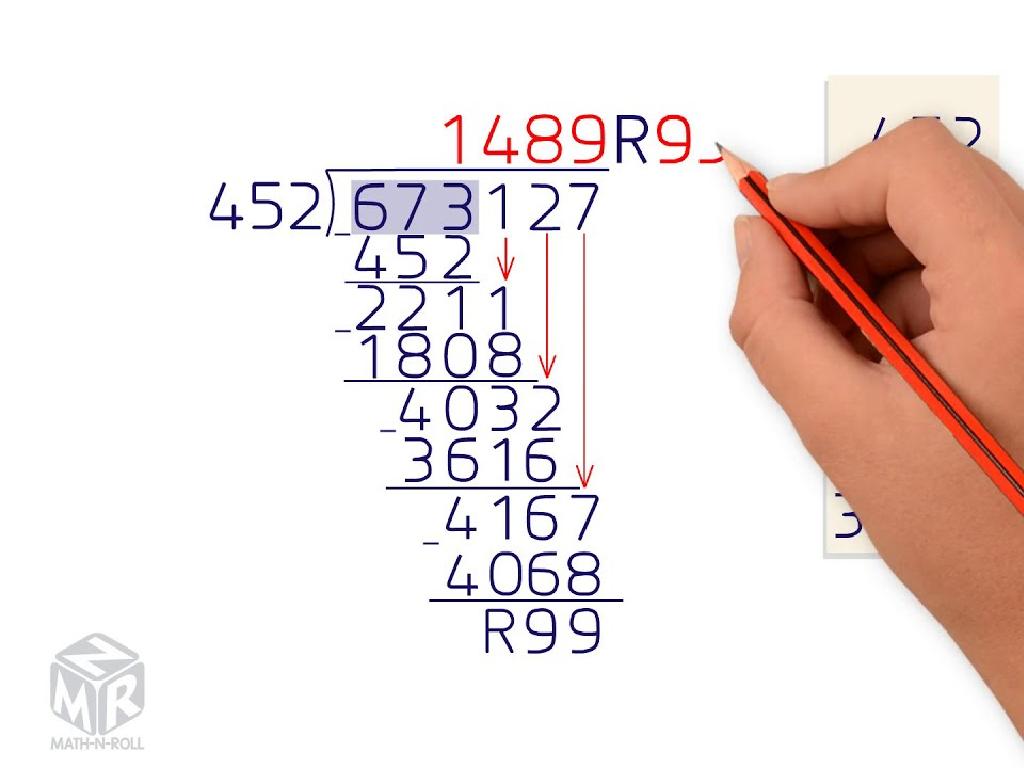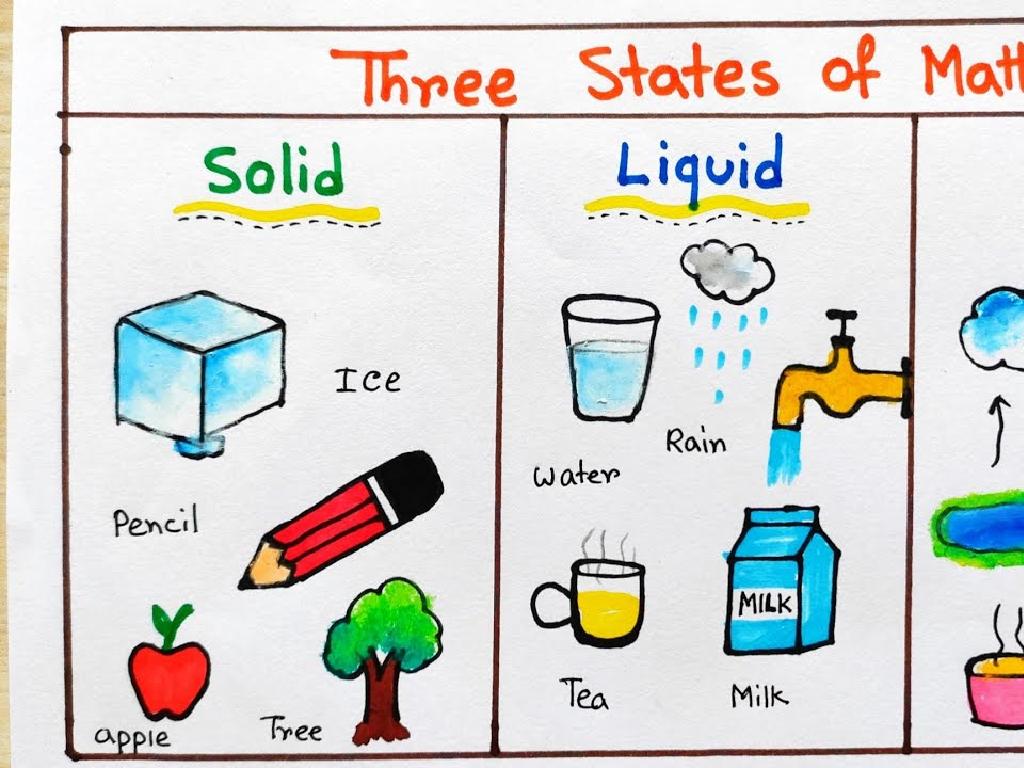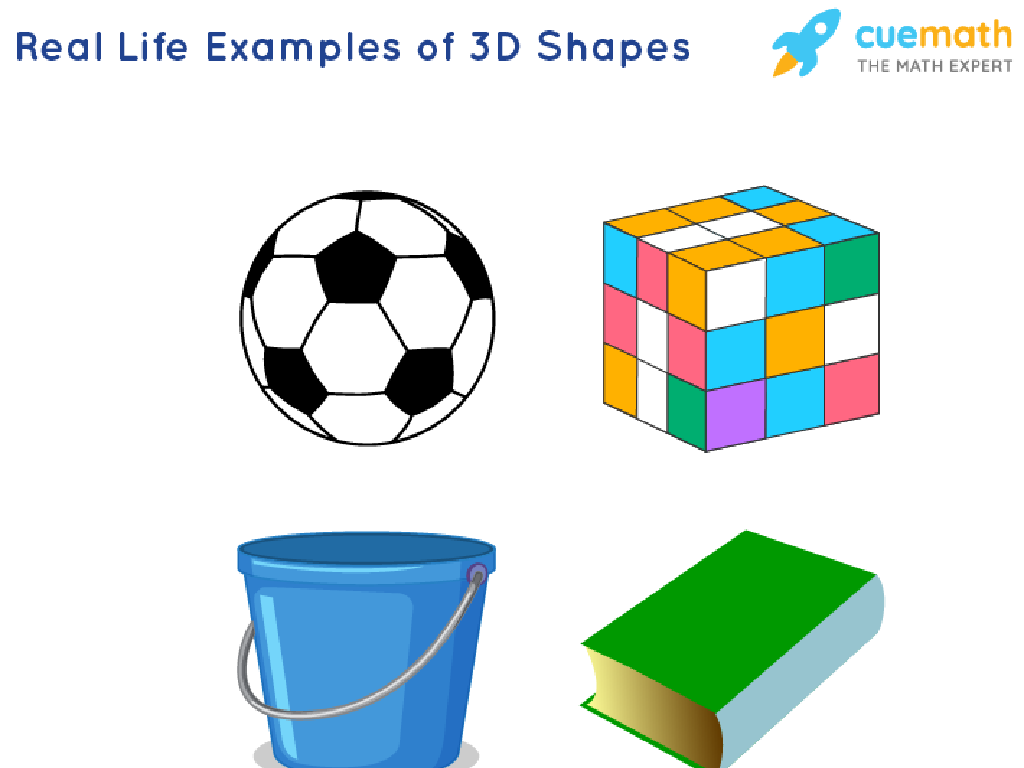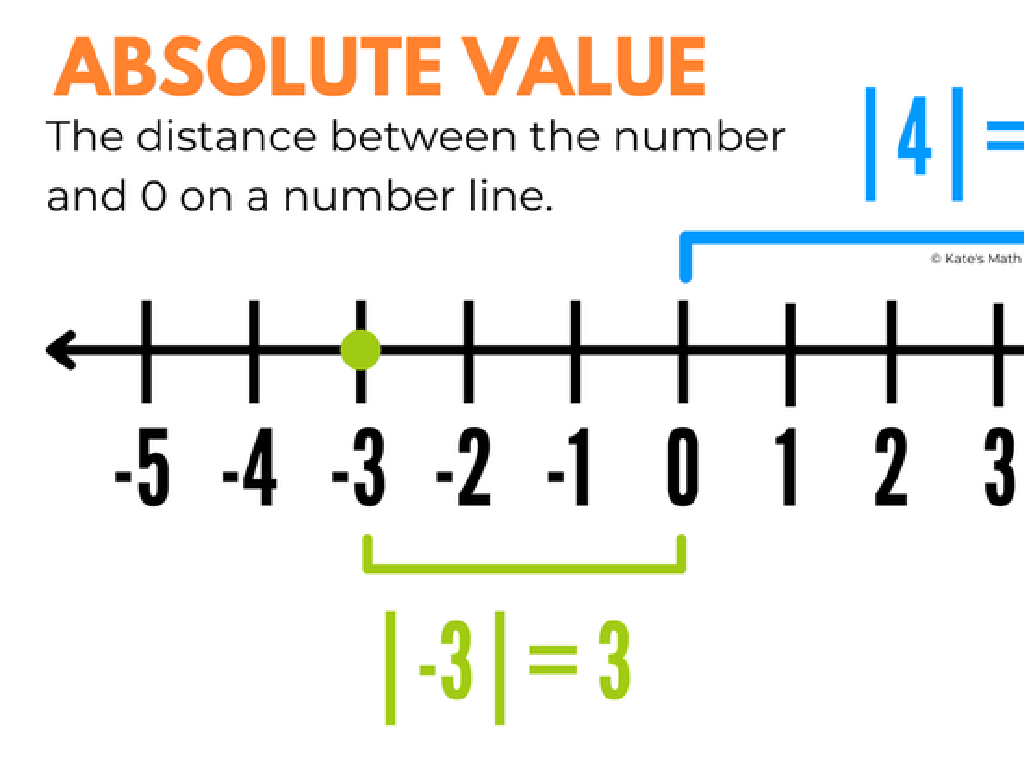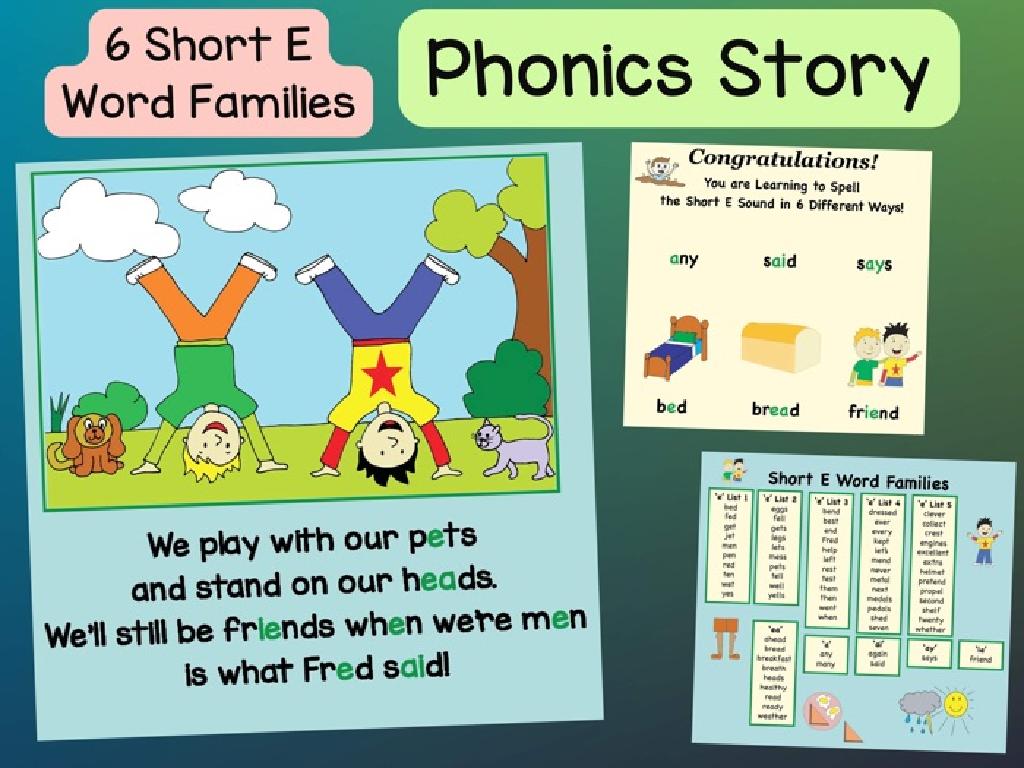Hanukkah
Subject: Social studies
Grade: Third grade
Topic: Cultural Celebrations
Please LOG IN to download the presentation. Access is available to registered users only.
View More Content
Introduction to Hanukkah: The Festival of Lights
– What is Hanukkah?
– Hanukkah is a Jewish holiday commemorating the rededication of the Holy Temple.
– Known as Festival of Lights
– It involves lighting the menorah, one candle for each night.
– Celebrated over eight days
– Families light candles, play games, and eat special foods.
– Significance of the celebration
– It celebrates the triumph of light over darkness and freedom over oppression.
|
Hanukkah is a joyous Jewish festival that marks the rededication of the Second Temple in Jerusalem. It’s also known as the Festival of Lights, symbolizing the miracle of the temple’s menorah burning for eight days on a single day’s oil supply. During Hanukkah, families light the menorah, play games like dreidel, and enjoy foods like latkes and sufganiyot. This celebration emphasizes the power of light and hope, and the victory of the Maccabees over their oppressors. Encourage students to think about what it means to have hope and to celebrate light in their own lives.
The Hanukkah Story
– History behind Hanukkah
– Hanukkah celebrates the rededication of the Holy Temple in Jerusalem.
– The Maccabees’ brave victory
– A small group called the Maccabees fought to reclaim their temple.
– The eight-day oil miracle
– A small amount of oil, expected to last one day, burned for eight days.
– Hanukkah’s message today
– Hanukkah teaches us about hope, faith, and resilience.
|
This slide introduces students to the story of Hanukkah, a Jewish festival commemorating the rededication of the Second Temple in Jerusalem. It begins with the history and the events leading up to the Maccabees’ victory over a much larger army. The highlight of the story is the miracle of the oil, which was supposed to last only one day but miraculously burned for eight days. This story is a cornerstone of the Hanukkah celebration and is a testament to faith and hope. The slide aims to convey the message of perseverance and the importance of celebrating cultural history. Encourage students to think about what it means to have hope and to overcome challenges, drawing parallels to the Maccabees’ story.
Hanukkah Traditions
– Lighting the menorah nightly
– A special candelabra called a menorah is lit each night of Hanukkah to remember the miracle of the oil.
– Playing the dreidel game
– Dreidel is a four-sided spinning top played during Hanukkah, each side has a Hebrew letter.
– Enjoying fried foods
– Foods like latkes (potato pancakes) and sufganiyot (jelly doughnuts) are eaten to celebrate the miracle of the oil.
– Understanding Hanukkah’s history
|
This slide introduces students to the key traditions of Hanukkah, a Jewish holiday commemorating the rededication of the Holy Temple in Jerusalem. Explain the significance of lighting the menorah, which symbolizes the miracle of the temple’s menorah burning for eight days with only enough oil for one day. The dreidel game is a fun way to engage children in the history of Hanukkah, with each letter on the dreidel representing a word in the phrase ‘A great miracle happened there.’ Discuss traditional foods and their connection to the oil miracle. Encourage students to think about their own family traditions and how they bring people together, just like the traditions of Hanukkah.
Symbols of Hanukkah
– Significance of the menorah
– Menorah has 9 candles, represents the miracle of the oil lasting 8 days.
– The dreidel and its meaning
– Dreidel is a spinning top game, each side has a Hebrew letter, symbolizes Jewish history.
– Gelt: More than just chocolate
– Gelt are chocolate coins, remind us of the importance of giving and sharing.
– Hanukkah: Festival of Lights
|
This slide introduces students to the key symbols of Hanukkah and their meanings. The menorah is a central symbol, with its candles representing the eight-day miracle of the oil that burned in the ancient Holy Temple. The dreidel, a four-sided spinning top, is played during Hanukkah and each side’s Hebrew letter is an acronym for ‘A great miracle happened there.’ Gelt, the chocolate coins, are traditionally given to children and symbolize the rewards of learning and the joy of the holiday. Discuss the Festival of Lights and how these symbols contribute to the celebration of Hanukkah. Encourage students to think about symbols in their own lives that have special meanings.
Hanukkah Around the World
– Hanukkah celebrations vary globally
– In Israel, people play with dreidels and eat sufganiyot.
– Unique traditions in different lands
– Italy has unique Hanukkah dishes like fritelle di Chanukah.
– A festival for family and community
– It’s a time to gather, share meals, and light menorahs together.
– Embracing the spirit of Hanukkah
|
This slide aims to show the diversity of Hanukkah celebrations around the world, highlighting that while the core principles of the festival remain the same, cultural nuances add a unique flavor to each country’s observance. Emphasize the importance of family and community during this time, as people come together to light the menorah, enjoy traditional foods, and play games like dreidel. Encourage students to think about their own family traditions and how they bring people together. This can be a great opportunity for a class activity where students research and present Hanukkah traditions from different countries.
Hanukkah and Its Values
– Hanukkah celebrates courage
– The Maccabees fought for their beliefs
– It teaches us about hope
– The menorah stayed lit for eight days, symbolizing hope
– Freedom is a key value
– Hanukkah is about the fight for religious freedom
– Applying values in our lives
– We stand up for what we believe and respect others’ beliefs
|
This slide introduces students to the core values of Hanukkah: courage, hope, and freedom. Discuss the story of the Maccabees and how their bravery led to a victory that is celebrated during Hanukkah. Explain the miracle of the menorah and how it represents hope. Emphasize the struggle for religious freedom that is central to the holiday. Encourage students to think about ways they can show courage, maintain hope in difficult times, and stand up for their own and others’ freedom to believe and practice their religion. Activities can include writing about a time they showed courage or discussing how they can support their friends’ beliefs and freedoms.
Class Activity: Make Your Own Menorah
– Let’s create paper menorahs together!
– You’ll need paper, glue, scissors, markers
– Understand menorah lighting tradition
– The menorah is lit each night of Hanukkah, adding a candle each time
– Show your creativity with colors and designs
– Use different colors or patterns to make your menorah unique
|
This hands-on activity is designed to engage students with the cultural practice of lighting the menorah during Hanukkah. Provide each student with construction paper, glue, scissors, and markers. Guide them through the steps of creating a menorah, explaining the significance of each part as they build. Emphasize the importance of the menorah in Jewish tradition, where one additional candle is lit each night of Hanukkah. Encourage creativity and individual expression in their designs. Possible variations of the activity could include using different materials, adding glitter or stickers, or even writing a Hanukkah poem to accompany their menorah.
Wrapping Up Hanukkah
– Recap Hanukkah’s significance
– Remember the story, traditions, and symbols we learned about.
– Ask any questions
– Share with your family
– Tell your family about the menorah, dreidel, and the miracle of oil.
– Celebrate learning together
|
As we conclude our lesson on Hanukkah, let’s take a moment to review the key points we’ve covered. We learned about the history of Hanukkah, the lighting of the menorah, playing dreidel, and the importance of oil in the celebration. Now, I invite any questions you might have there’s no such thing as a silly question! I also encourage you to share what you’ve learned today with your families. Maybe you can even teach them how to play dreidel. It’s a wonderful way to extend our classroom learning into your homes and celebrate the knowledge we’ve gained together.

